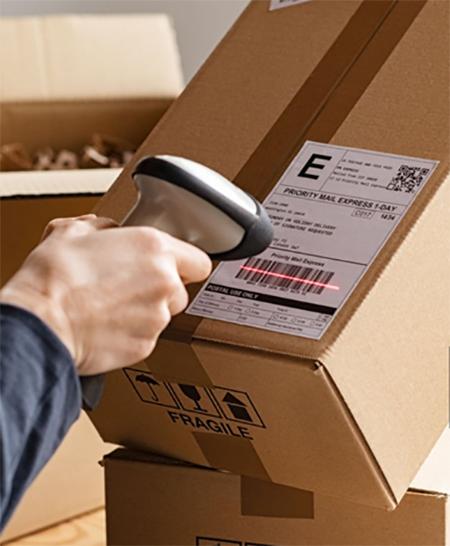When it comes to managing inventory on Amazon, sellers are faced with a crucial decision: whether to use commingled inventory or Amazon barcodes for their product listings. This choice can significantly impact the efficiency of order fulfillment, inventory tracking, and overall customer satisfaction.
The commingled inventory option allows sellers to send products to Amazon’s fulfillment centers without the need for individual Amazon barcodes. This method lets Amazon pool identical products into the same bin, regardless of the seller.
The products are tracked using the manufacturer’s barcode, such as UPC (Universal Product Code), EAN (European Article Number), or ISBN (International Standard Book Number).

Amazon sellers often hear the two acronyms: ASIN and FNSKU. These two barcodes are critical identifiers for Amazon listings. Let’s define each and their uses.
ASIN stands for Amazon Standard Identification Number. It’s a 10-character alphanumeric code assigned to each product listed on Amazon. ASINs help catalog and index products, making them easily searchable for customers. Like UPC, this code identifies products but not the seller.
FNSKU, or Fulfillment Network Stock Keeping Unit, is an Amazon-specific identifier used by sellers who utilize Amazon’s Fulfillment by Amazon (FBA) service. The FNSKU is unique to each seller’s inventory and is used to track items within Amazon’s fulfillment centers. It ensures that when a customer orders a product, the correct seller’s inventory is picked, packed, and shipped. This is particularly important when multiple sellers offer the same product; the FNSKU distinguishes each seller’s stock.
Prep centers, like Stock and Ship, prefer FNSKUs because it allows them to ensure that the products they handle and send to Amazon’s fulfillment centers are accurately tracked and attributed to the correct seller. Here are the pros and cons of using FNSKU:
The decision between commingled inventory and Amazon barcodes hinges on a seller’s priorities. If speed and efficiency are paramount and the risks of commingling are understood and acceptable, then the commingled inventory option may be the right choice.
As a reputable prep center, Stock and Ship takes pride in ensuring the quality and accuracy of all products processed through our facility. Thus, we only work with sellers who use FNSKU codes. These unique identifiers streamline reputation protection and enhance quality control.
If you are in search of reliable 3PL services, partnering with a seasoned Prep Center is a strategic move. Stock and Ship is a top-tier option, providing extensive expertise and a customized suite of services to optimize your e-commerce operations.

Need efficient logistics? We offer hassle-free shipping, warehousing, and supply chain solutions to ensure safe, on-time delivery!